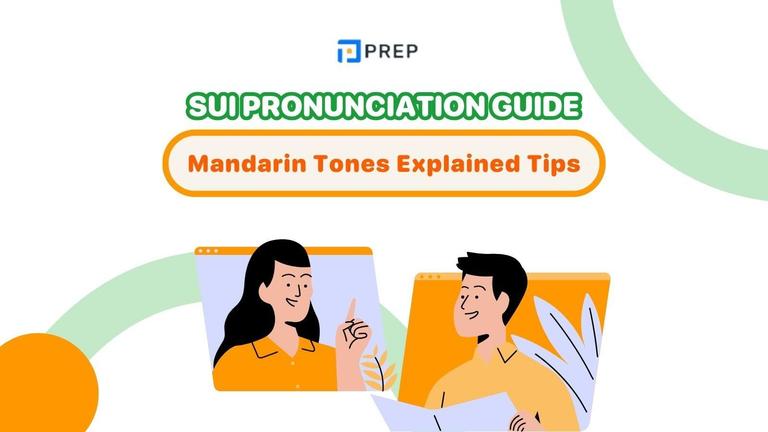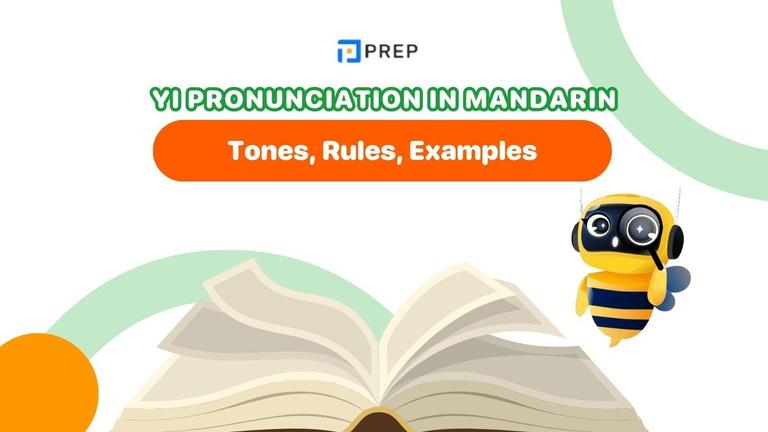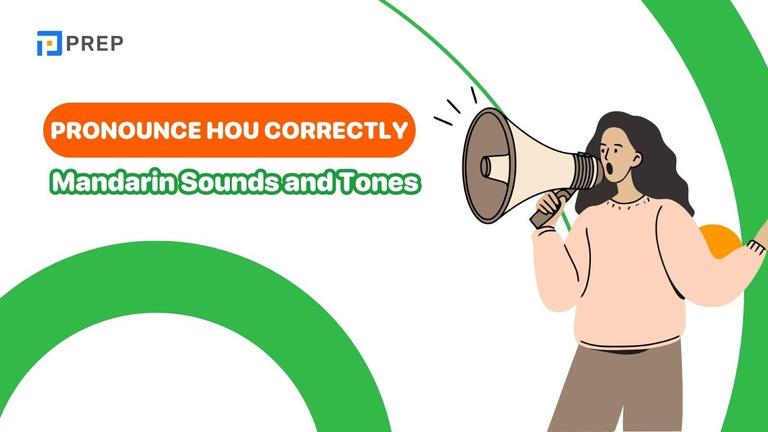Essential Phonetics for IELTS - Mastering English Pronunciation for Exam Success
Pronunciation forms the cornerstone of effective English communication. When beginning your language learning journey, establishing proper pronunciation patterns prevents the need for difficult corrections later. This comprehensive guide examines "Essential Phonetics for IELTS," a specialized resource designed to strengthen your phonetic foundation. Discover how this book can transform your speaking and listening abilities for IELTS success.
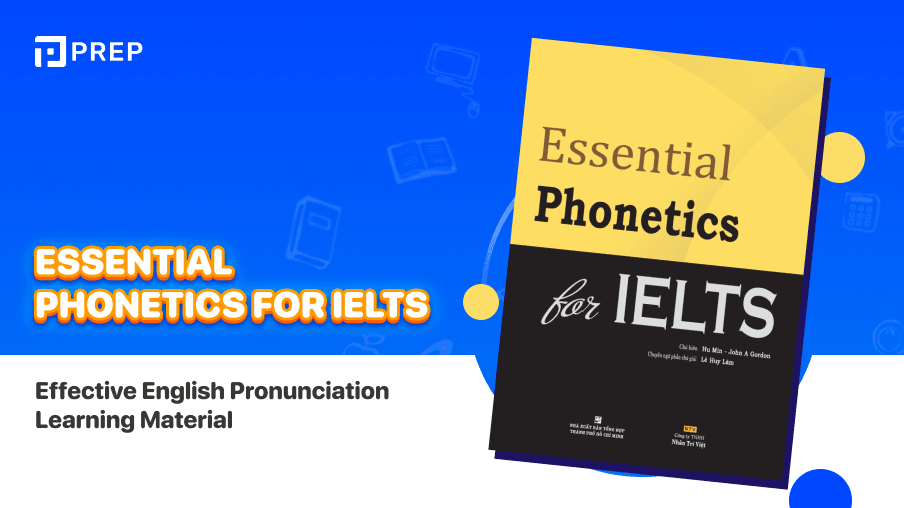
I. Overview of the book "Essential Phonetics for IELTS"
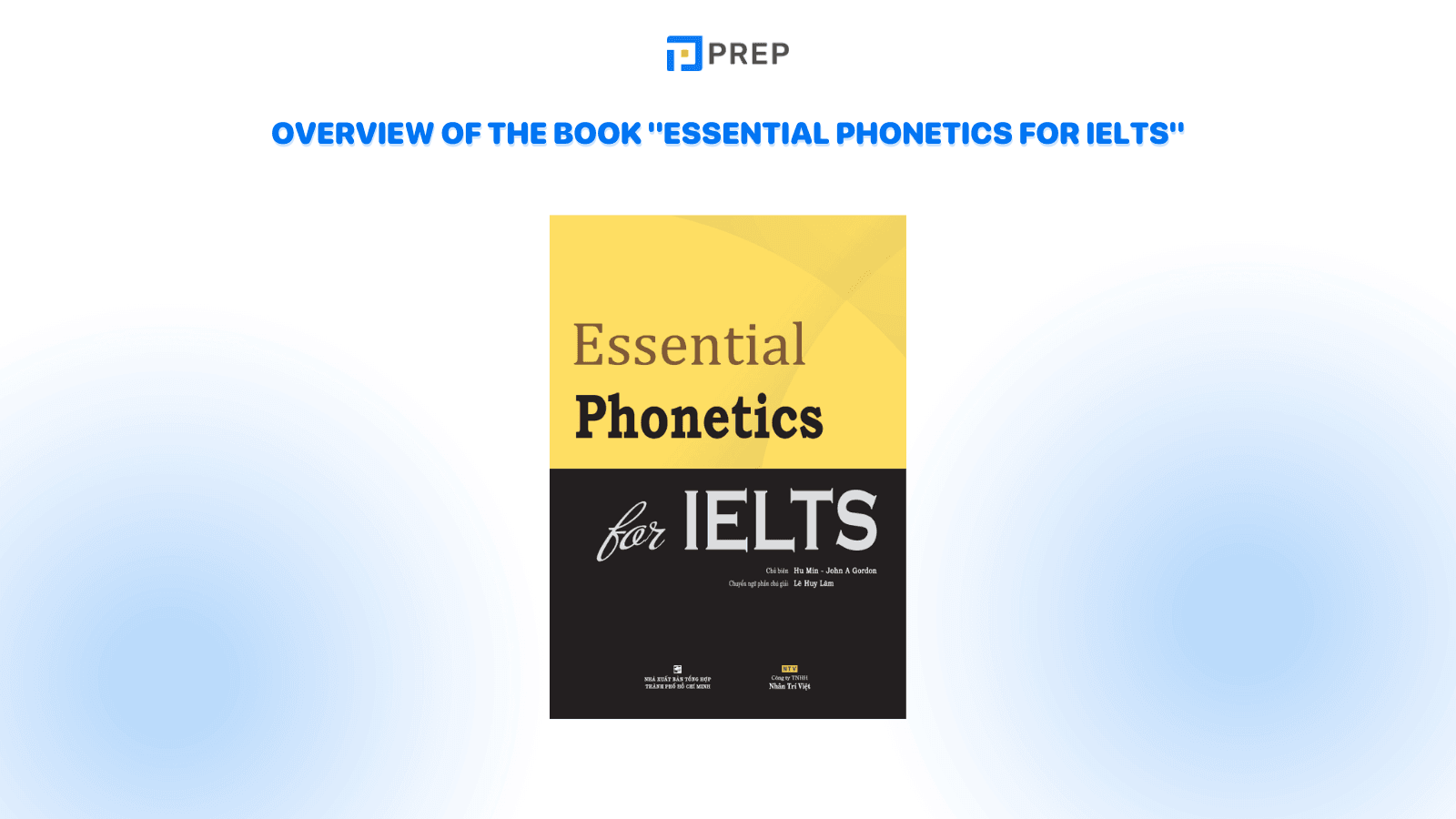
1. General Introduction
"Essential Phonetics for IELTS" serves as a targeted preparation tool for candidates seeking to master English phonetics within the IELTS framework. This specialized textbook addresses the unique pronunciation challenges that non-native speakers encounter during their exam preparation.
The book accommodates learners across multiple proficiency levels, spanning from intermediate to advanced stages. Through systematic phonetic instruction, students develop the accuracy and confidence needed for superior performance in IELTS listening and speaking components. The authors recognize that pronunciation directly impacts comprehension scores and speaking band ratings.
Research indicates that pronunciation accounts for 25% of the IELTS Speaking assessment criteria. Students with strong phonetic foundations typically achieve 0.5 to 1.0 band score improvements in speaking tasks compared to those with weak pronunciation skills.
|
2. Structure and main content of the book
"Essential Phonetics for IELTS" organizes its content across four fundamental areas:
-
Phonetic Foundations: The opening section establishes core concepts including vowel systems, consonant clusters, stress patterns, and rhythmic elements. Students learn to distinguish between similar sounds that frequently challenge non-native speakers. The book covers all 44 phonemes in English, with particular attention to sounds that create confusion for international learners.
-
Intonation and Articulation: This segment focuses on natural speech patterns and melodic contours. Learners develop skills in word-level and sentence-level pronunciation, enabling more authentic communication during speaking tasks. Special emphasis addresses connected speech phenomena like linking, elision, and assimilation.
-
Applied Practice: The book provides extensive drilling opportunities through listening exercises, repetition activities, and sound recognition tasks. These practical components reinforce theoretical knowledge through hands-on application. Each chapter includes 15-20 practice exercises targeting specific pronunciation challenges.
-
Analytical Techniques: Advanced sections teach phonetic analysis methods, helping students understand underlying pronunciation rules and develop self-correction abilities essential for independent improvement. Students learn to use phonetic transcription and stress marking systems.
3. Target audience of "Essential Phonetics for IELTS" Book
"Essential Phonetics for IELTS" serves several distinct user groups:
-
IELTS Candidates: Primary users benefit from exam-specific phonetic training that directly improves listening comprehension and speaking clarity. The book addresses pronunciation elements frequently tested in IELTS assessments, including minimal pairs that distinguish meaning and stress patterns that affect comprehension.
-
Academic Learners: Students seeking comprehensive English pronunciation skills find valuable resources for developing communication competence beyond exam requirements. This broader application supports academic and professional English use in university settings and workplace environments.
-
Educational Professionals: Teachers and instructors utilize the book as a structured curriculum resource. The systematic approach provides ready-made lesson plans and assessment tools for classroom implementation. Each chapter includes teaching notes and extension activities.
-
Linguistics Enthusiasts: Individuals passionate about phonetic study gain foundational knowledge in English sound systems. The book serves as an entry point for deeper phonetic research and understanding of International Phonetic Alphabet (IPA) symbols.
Note: Effective use requires intermediate English proficiency (equivalent to IELTS 4.5-5.0) to comprehend explanations and implement practice activities successfully.
II. Advantages and Disadvantages of "Essential Phonetics for IELTS" Book.
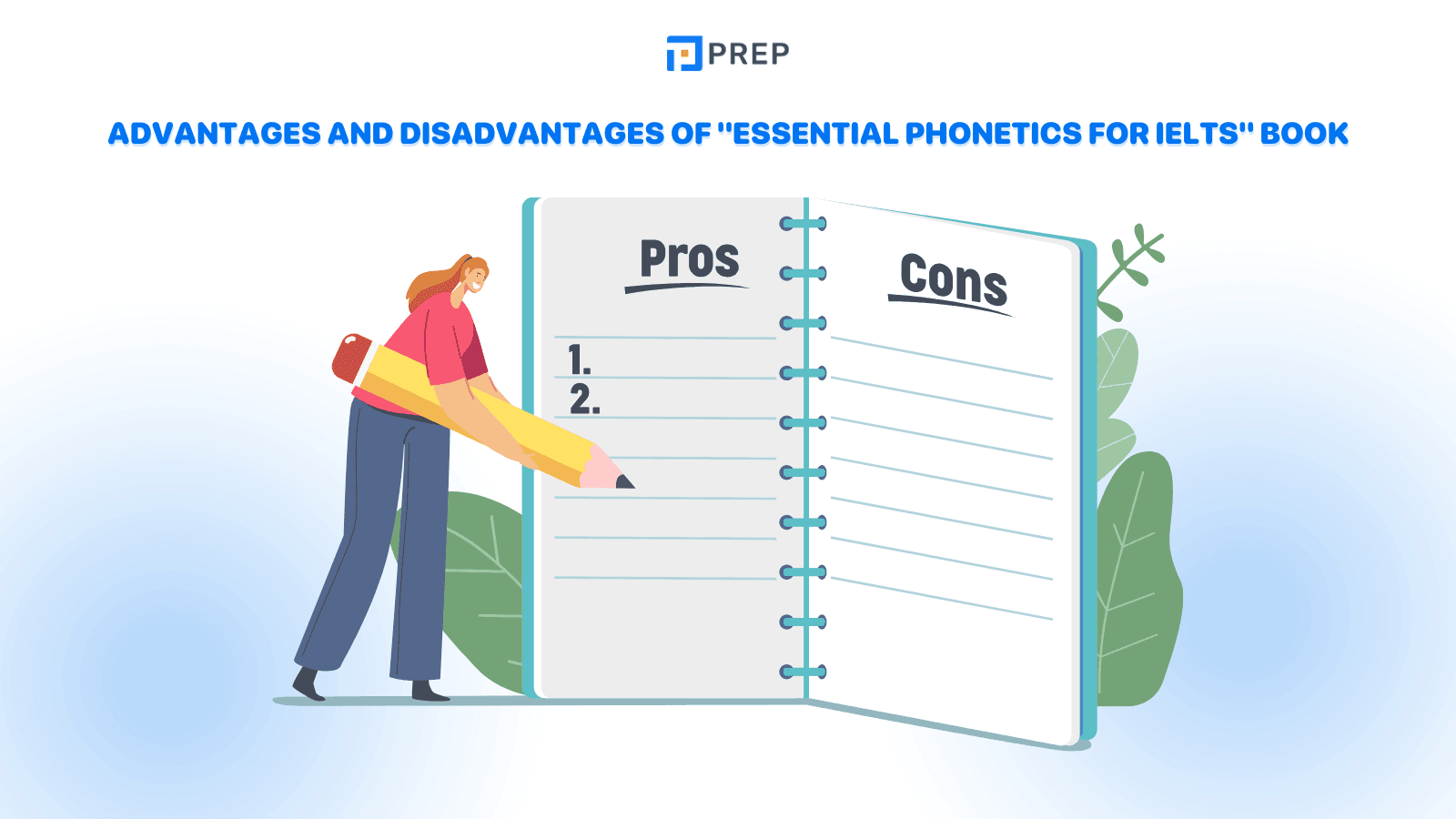
1. Advantages
-
IELTS-Specific Focus: The book targets phonetic elements crucial for IELTS success, ensuring every lesson contributes directly to exam performance. This focused approach maximizes study efficiency and score improvement potential. Content aligns with IELTS Speaking band descriptors and Listening question types.
-
Comprehensive Practice Framework: Multiple exercise types reinforce learning through varied activities including audio drills, repetition tasks, and recognition challenges. This multifaceted approach accommodates different learning preferences and strengthens retention. Practice materials include over 200 audio files covering various accents and speaking speeds.
-
Clear Explanatory Content: Detailed explanations accompany illustrative examples, making complex phonetic concepts accessible to learners. The systematic presentation helps students understand both theory and practical application. Visual diagrams show tongue position and mouth shape for difficult sounds.
-
Logical Organization: The book follows a progressive structure that builds skills incrementally. Clear chapter divisions and sequential content make independent study manageable and effective. Each unit builds upon previous learning while introducing new concepts gradually.
-
Audio Integration: The accompanying CD provides native speaker models for all pronunciation exercises. Audio materials feature both British and American accents, preparing students for accent variation in IELTS tests.
2. Disadvantages
-
Scope Restrictions: The IELTS focus, while beneficial for exam preparation, limits comprehensive phonetic coverage. Students seeking broader linguistic knowledge may require supplementary materials for complete understanding of English phonology and dialectal variations.
-
Skill Integration Gaps: The book concentrates on pronunciation without strong connections to vocabulary, grammar, or writing skills. This narrow focus may limit holistic language development opportunities and reduce transfer to other language areas.
-
Proficiency Prerequisites: The material assumes intermediate English knowledge, making it unsuitable for beginners. Students without solid foundational skills may struggle with concept comprehension and application of phonetic principles.
-
Limited Cultural Context: The book provides minimal information about cultural communication patterns and pragmatic aspects of pronunciation that affect meaning in different social contexts.
-
Technology Integration: Published in 2012, the book lacks integration with modern digital tools and applications that could enhance learning through interactive features and immediate feedback systems.
III. Effective Steps to Learn "Essential Phonetics for IELTS"
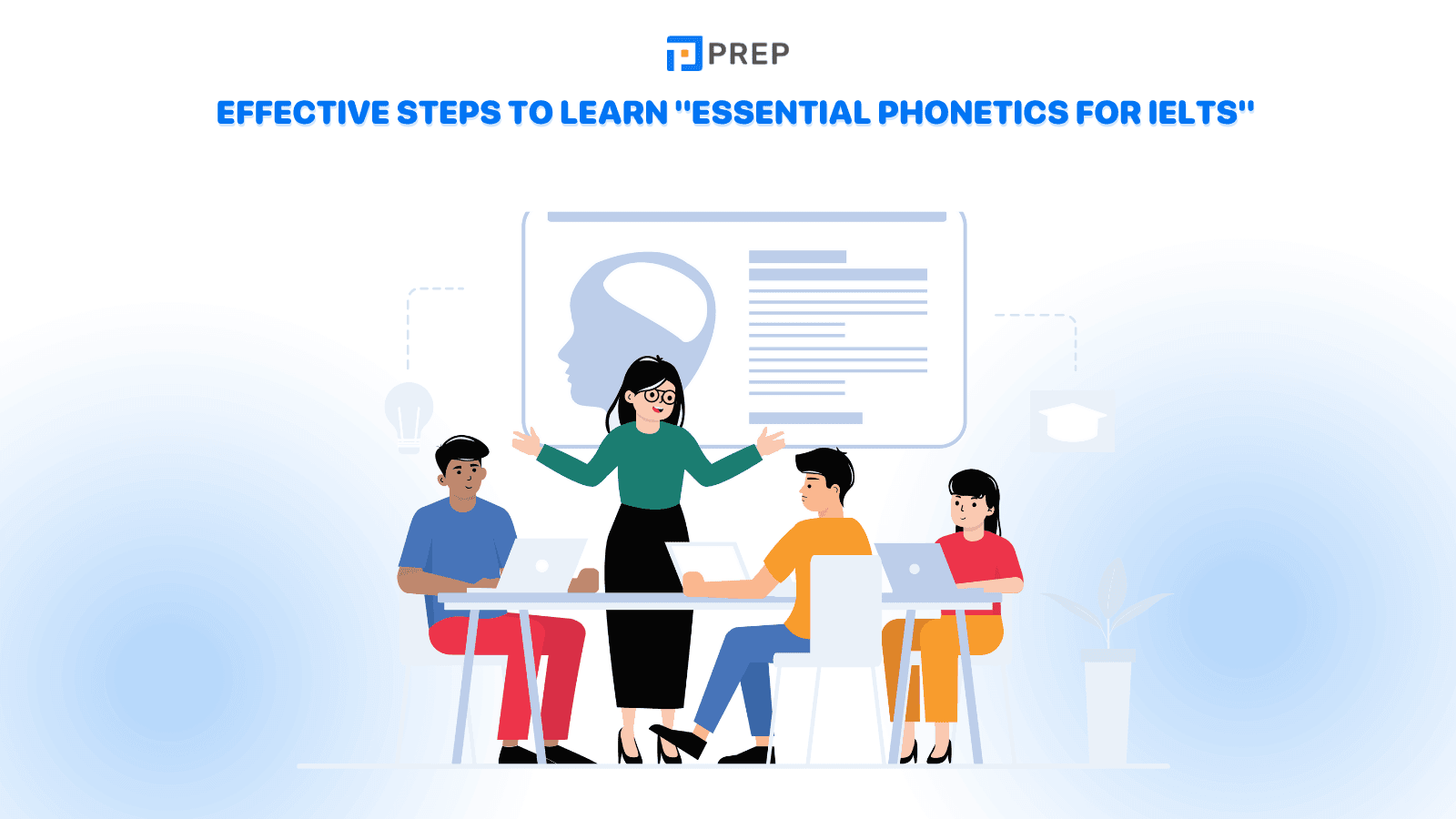
Maximize your learning outcomes through this systematic approach:
-
Read and understand the theory: Start by reading and understanding the theoretical sections in the book. Make sure you have a solid grasp of the basic concepts of phonetics, including vowels, consonants, stress, and intonation. Read carefully and pay attention to the examples and explanations to get an overview of English phonetics.
-
Practice pronunciation: After studying the theory, proceed to practice pronunciation. The book provides various exercises and activities for you to hone your phonetic skills. Listen to and repeat English sounds, focusing on how they are pronounced and how they form each sound.
-
Listen and identify phonetics: Next, listen to audio recordings and English conversations to develop your ability to identify phonetics. Try to listen and recognize English sounds, both vowels and consonants, in words and sentences. This will help you gain a better understanding of how phonetics are used in real-life situations.
-
Watch programs, shows, foreign films: to practice listening to native speakers' pronunciation, you can refer to these sources!
|
Effective listening resources suitable for beginners |
1. Spotlight English 2. PodcastsinEnglish 3. VOA News 4. Elllo 5. Randall’s ESL Cyber Listening Lab |
|
Effective listening resources suitable for intermediate learners: |
1. Talk English 2. Randall’s ESL Cyber Listening Lab 3. BBC News 4. CNN News 5. News in Levels |
|
Effective listening resources suitable for advanced learners: |
1. Storyline Online 2. Talk English 3. California Distant Learning Program 4. PragerU 5. TED Talk |
|
1. Films
2. Youtube |
IV. Advanced Study Techniques and Assessment Methods
-
Recording Analysis: Create weekly pronunciation recordings to track improvement over time. Focus on specific phonetic elements covered in recent chapters. Compare recordings with native speaker models to identify persistent error patterns.
-
Minimal Pair Practice: Work systematically through minimal pairs (words differing by one sound) to sharpen discrimination skills. This practice directly improves both listening comprehension and speaking accuracy.
-
Stress Pattern Mapping: Analyze multisyllabic words to identify stress patterns. Create visual representations of stress placement to internalize rhythm patterns essential for natural-sounding speech.
-
Peer Collaboration: Partner with other learners for pronunciation practice sessions. Provide mutual feedback and practice conversation exchanges that simulate IELTS Speaking test conditions.
V. Where to access the Essential Phonetics for IELTS book
You can access the Essential Phonetics for IELTS book through various channels to support your English learning journey:
|
Access Method |
Details |
|
Physical bookstores |
Available at major bookstore chains and educational retailers |
|
Online retailers |
Available at e-commerce platforms |
|
Library resources |
Many educational institutions provide reference access |
This comprehensive approach to "Essential Phonetics for IELTS" transforms pronunciation from a barrier into a strength. Through systematic study, consistent practice, and strategic integration with authentic materials, learners develop the phonetic competence essential for IELTS success and confident English communication across all contexts. Begin your transformation today with this proven resource and systematic approach to English pronunciation excellence.

Hi I'm Chloe, and I am currently serving as an Product Content Administrator at Prep Education. With over five years of experience in independent online IELTS study and exam preparation, I am confident in my ability to support learners in achieving their highest possible scores.
Comment
Premium content
View allPersonalized roadmap
Most read




